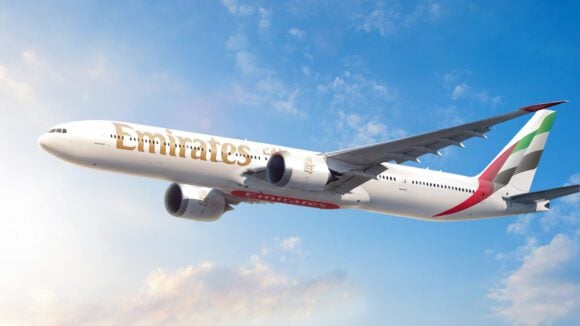One of the aerospace industry’s famous names includes McDonnell Douglas. You can read up on the firm’s history here. What we want to do is take a look at what is still flying that traces its heritage to this company.
There are over 1.600 MD aircraft in service. The MD-80 represents over half this total. The fleet has some really old aircraft operating still. This chart lists those in operation by years in service. There are two DC-8s dating back to 1965 still operational. And yes, they are in Africa.
It is a testimony to the quality of the engineering and construction that we see such old aircraft in operation. Many of these aircraft were delivered when the fuel price was under $1 per gallon. Yet they are flying somewhere in all their gas guzzling glory. So who operates these aircraft?
Of the 1,617 aircraft in operation, 84% are being operated by airlines. Exactly the organizations you would expect to be eager to get rid of gas guzzlers. Breaking down a couple of the aircraft types, we can see how concentration is working. Some airlines really like the aircraft and acquire more as they can – for example Delta and the MD-90.
Taking a look at the operational fleet of the last two models produced by McDonnell Douglas, we can see the concentration. Delta is the largest MD-90 operator by a wide margin. We would not be surprised to see Delta acquire the remaining MD-90s. In terms of the MD-11, FedEx and UPS account for 57% of the operational fleet.
The MD-11 operates as a heavy freighter. The following table lists the industry’s primary freighters. As the MD-11 goes the way of the DC-10F, airlines are going to look for a replacement. Some, like Lufthansa, will go larger with the 777F. But many airlines might prefer to downsize to the A330F, given the tight cargo market. Airbus believes the future of the freighter market is robust.
The A330F is a great replacement for the DC-10F as this chart shows. The A330F also much lighter and burns probably around a third less fuel.
Of course airlines are able to buy McDonnell Douglas aircraft at favorable prices. This means with low capital costs, airlines can offset the higher fuel burn. Since these aircraft were built so robustly, we can expect to see the fleet operate for many years yet. After all Northwest Airlines kept some DC-9s operating at 35 years old.
Views: 14




Thank you for the interesting survey. In my opinion, you should have included the MD 95, even though it became known as the B717. This is a true MD aircraft.
Could you please clarify the numbers in the second table ? Percentages don’t seem to add up to, and often exceed, one hundred,
Payload table has a mistake. 787-8F should be 747-8F.
Thanks – now fixed
Good to see the remaining McDD fleet in operation!
I recently wrote a tribute post to Douglas Aircraft, after the announcement of C-17 line closure in a little over a year, you may like it: http://theblogbyjavier.com/2013/09/22/tribute-to-douglas-aircraft-company/
Percentages represent the distribution of each single model among different age segments. Thus, if you take a color, % add up to 100%.
Great info! Your tables also help answer the question “How many McDonnell Douglas wing sets made at the former DHC/MD Canada/Boeing factory at Toronto airport (YYZ) are still flying on DC-9s, MD80s, MD90s, DC-10s and MD11s?”